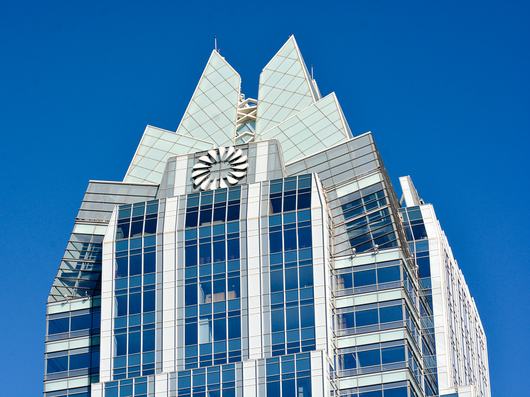At SXSW, Crowdly Explains Power of 'Super Fans' And Advocacy Marketing
Anyone in marketing knows that authenticity is the name of the game if you want powerful campaigns. Well, there is nothing more authentic than real "uber fans" who promote your brand to their community simply because they love it. What could be better?
The only problem is brands often have difficulty finding those super fans, and identifying those with real reach. Crowdly, a Boston-based advocacy marketing platform, has figured out how to connect brands with their biggest advocates, and in stoking that relationship create potent advertising: according to Neilsen, 92% of consumers will believe their friends and family's recommendations over any others.
On my recent trip to SXSW, I was able to speak with Doris Shu, Crowdly's business development expert. She gave me the low-down on how advocacy marketing has worked for Crowdly, and how other brands can follow suit.
What is advocacy marketing?
Every brand, every consumer-products company, even B2B companies have people who love their brand. It's really that word-of-mouth that really drives a lot of these brands; that emotional connection that brands make with customers. Crowdly helps brands connect with these people that they know are very valuable to them and, unfortunately for a lot brands, they don't know who they are.
How does that work in practice?
A great example is McDonald's. We don't work with them, but McDonald's is a huge global brand, over 120 countries, and at the end of the day it's not just burgers and fries that they're trying to sell. They're trying to change brand perception, trying to make their fans heard, and they are actually doing things like surprising and delighting their fans because they know that that is important.
I heard a story today that McDonald's had a fan reach out to them and say, "Thank you for being Mcdonald's, because I just went through a year of chemotherapy and the only thing I could stomach after a session was Mcdonald's meal, and I really appreciate that." Of course, their PR and social media team jumped on it and sent him some swag.
Things like that make a brand want to do good things; they know that their fans are out there, and they just want to acknowledge them. It doesn't have to be at scale, it doesn't have to be super-micro, but it's one of those things that's very hard to see nowadays.
How exactly does that process work?
The process works by being able to aggregate all of your own communities, for example, all of your Facebook and Instagram fans. Right now, although brands have a page and they can superficially see data through a big social listening tool, they don't know who these people are. For example, they don't know who Murray Newlands is, who is a level ten, takes 20 actions a week, and likes and shares with a huge network of followers. He is an everyday warrior of McDonalds, but they don't know who he is because he is not like Kim Kardashian.
Yet.
Not Yet!
So, do brands join a user base on your platform?
They can, or it could just be a one-off surprise and delight that they can get a particular individual. It's a very hard thing to do right now, where you can have a very private, public message and gate that experience to the user, so that's what we offer.
What kinds of incentives or rewards should brands offer?
We tell all of our brands and all of our clients: never give monetary incentives. You don't need to!
We work with Diet Coke, and one of their most successful advocacy program campaigns was reaching out to 25 of their best Diet Coke addicts. These are the people who drink Diet Coke for breakfast -- they are hardcore. Diet Coke sent them a digital download, exclusive for Diet Coke addicts, that said, "Thank you for being a Diet Coke addict, here is a digital download of profile pictures for Diet Coke addicts only!" They went bonkers, and I would too. If Patagonia sent me something, I would be jumping up and down and tell all of my friends, "Buy Patagonia because I just got an amazing sweater vest from them."
It's exciting -- a customer shows brand love and most of the time, 98% of the time, they don't expect anything back. But when a brand acknowledges them and gives them a digital download or a coupon, they think, "Wow, this is amazing."


